Home>Garden Essentials>Why Do My Seedless Grapes Have Seeds
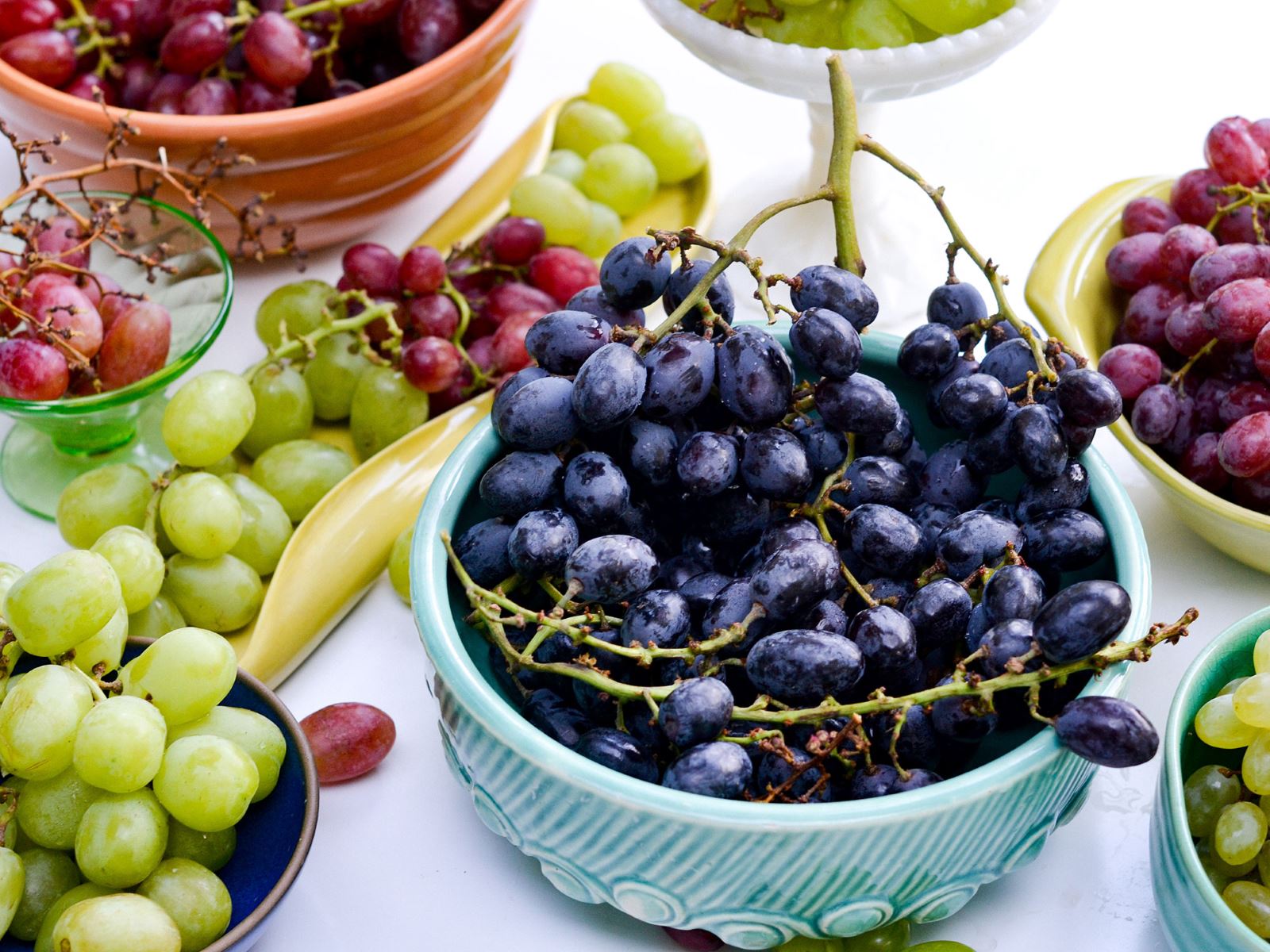

Garden Essentials
Why Do My Seedless Grapes Have Seeds
Modified: March 16, 2024
Discover why your seedless grapes have seeds in your garden. Find out the possible reasons and learn how to prevent it from happening again.
(Many of the links in this article redirect to a specific reviewed product. Your purchase of these products through affiliate links helps to generate commission for Storables.com, at no extra cost. Learn more)
Introduction
Seedless grapes are a popular choice among fruit enthusiasts for their sweet and juicy flavor. However, it can be quite disheartening to bite into what you expect to be a seedless grape, only to find small, inconspicuous seeds inside. Why do seedless grapes sometimes have seeds? In this article, we will explore the reasons behind seed formation in seedless grapes and uncover the natural and artificial factors that can contribute to this phenomenon.
When we think of grapes, we often imagine plump, seedless fruits that are perfect for snacking or adding to salads. Seedlessness is a desirable trait in grapes, as it eliminates the inconvenience of having to spit out seeds while enjoying the fruit. Seedless grapes are typically cultivated for their larger size, sweeter taste, and the ease of consuming them. But despite their name, seedlessness in grapes is not always guaranteed.
While the majority of seedless grapes do live up to their name, there are instances where some of the grapes in a bunch may contain seeds. This can be perplexing to consumers who specifically choose seedless grapes to avoid dealing with seeds. However, there are scientific explanations for why these seedless grapes occasionally have seeds.
It’s important to note that seedlessness in grapes is not a natural trait but rather a result of human intervention through selective breeding. Seedless grapes are the product of crossbreeding different grape varieties to produce offspring that do not develop mature seeds. However, due to the complex nature of genetic inheritance, not all offspring from these crosses will be completely seedless. Some grapes may have traces of seeds or even mature seeds, which can vary in size and number.
In the following sections, we will delve deeper into the reasons behind seed formation in seedless grapes, including both natural factors and artificial factors that can influence this phenomenon. Understanding these factors can help shed light on why seedless grapes sometimes have seeds, and what steps can be taken to minimize seed development in these varieties.
Key Takeaways:
- Seedless grapes may occasionally have seeds due to natural factors like cross-pollination and genetic variability, as well as artificial factors like improper cultivation and inconsistent harvesting.
- To promote seedlessness, grape growers use selective breeding, manage pollen sources, practice proper pruning, and monitor vineyard conditions, ensuring most seedless grapes remain delightfully seed-free.
Read more: Why Do Fruits Have Seeds
Understanding Seedless Grapes
Before we dive into the reasons behind seed formation in seedless grapes, let’s first understand what makes seedless grapes different from their seeded counterparts. Seedless grapes, as the name suggests, lack fully developed seeds within the fruit. Instead, they contain small, underdeveloped seed remnants or no seeds at all.
The process of developing seedless grapes involves careful breeding and selection techniques. Traditional grape varieties produce grapes with seeds that can be easily propagated through planting the seeds. However, these seeds also contribute to the slightly bitter taste often associated with grapes.
To develop seedlessness, grape breeders cross different grape varieties with specific seedless traits. This results in seedless grape offspring that contain genetic information contributing to the trait of reduced or absent seed development. Over time, through repeated breeding and selection, seedless grape varieties have been created.
Seedlessness in grapes is primarily determined by the genetic makeup of the fruit. In seedless varieties, the seeds either do not fully develop or remain undeveloped, resulting in either tiny seed remnants or no visible seeds at all. These remnants are usually soft, pale, and small compared to the fully developed seeds found in seeded grapes.
Seedlessness in grapes is not an all-or-nothing trait; it exists on a continuum. Some seedless grape varieties are considered more seedless than others, meaning they have a higher likelihood of producing grapes with little to no seed development. However, even the most seedless varieties can occasionally produce grapes with seeds, albeit in lower quantities.
It’s important to note that seedless grapes are not genetically modified organisms (GMOs). Instead, they are the result of conventional breeding methods that leverage the natural genetic diversity within grape species to create desired traits.
In the next sections, we will explore the reasons behind seed formation in seedless grapes, including both natural factors and artificial factors that can influence this occurrence. By gaining a deeper understanding of these factors, we can better appreciate why seedless grapes sometimes have seeds and what can be done to minimize their presence.
Reasons for Seed Formation in Seedless Grapes
While seedless grapes are predominantly known for their lack of mature seeds, there are instances where seed development occurs. The reasons for seed formation in seedless grapes can be attributed to both natural factors and artificial factors. Let’s explore these reasons in more detail.
Natural Factors
1. Cross-Pollination: Grapevines are wind-pollinated plants, meaning their flowers require pollen from other grapevines for fertilization. In vineyards where both seeded and seedless grape varieties are planted in close proximity, cross-pollination can occur. If pollen from a seeded grapevine lands on the flowers of a seedless grapevine, fertilization can take place, resulting in the development of seeds in some of the seedless grapes.
2. Genetic Variability: While breeders aim to produce seedless grape varieties through selective breeding, the genetic makeup of the offspring can vary. Some offspring may show a higher propensity for seed development due to the inheritance of genes linked to seed formation. This genetic variability can result in a small percentage of seed formation in seedless grape varieties.
Artificial Factors
1. Improper Cultivation Techniques: Seedless grape varieties require specific cultivation techniques to minimize the chances of seed formation. If these techniques are not properly implemented, such as inadequate pruning or nutrient imbalances, it can lead to stress on the plant, triggering the production of seeds in the grapes.
2. Inconsistent Fruit Harvesting: Harvesting seedless grapes at the appropriate stage of ripeness is crucial to maintaining their seedless nature. However, if grapes are left on the vine for too long or if there are variations in the ripeness of grapes within a bunch, some grapes may develop seeds. Inconsistent fruit harvesting practices can contribute to the presence of seeds in seedless grape clusters.
3. Genetic Mutations: While seedless grape varieties are created through controlled breeding, spontaneous genetic mutations can occur. These mutations can introduce genes related to seed development, resulting in occasional seed formation in seedless grapes.
It’s important to note that while seed formation in seedless grapes may occur, it is often minimal and does not significantly detract from the overall seedlessness of the variety.
In the next section, we will explore the natural factors that can contribute to seed development in seedless grapes in more detail. Understanding these factors can help grape growers and enthusiasts gain insight into managing and minimizing seed formation in seedless grape varieties.
Read more: Why Do Buns Have Sesame Seeds
Natural Factors Contributing to Seed Development
Seed formation in seedless grapes can be influenced by various natural factors. While the majority of seedless grape varieties exhibit minimal seed development, it’s essential to understand the natural processes that can contribute to the presence of seeds. Let’s explore some of these natural factors in more detail:
1. Cross-Pollination:
Pollen transfer plays a significant role in grapevine reproduction. Grapevines are wind-pollinated, meaning the wind carries pollen from one grapevine to another. When different grapevine varieties are planted in close proximity, cross-pollination can occur. If the pollen from a seeded grapevine lands on a flower of a seedless grapevine, fertilization can happen, leading to seed development in some of the seedless grapes within the cluster.
Cross-pollination is more likely to occur when grapevines are planted adjacent to each other without proper physical barriers or selective isolation techniques. Therefore, grape growers who wish to minimize seed formation in their seedless grape varieties often employ strategies such as planting buffer rows of pollinizer varieties or implementing physical barriers to reduce the chances of cross-pollination.
2. Genetic Variability:
While breeders aim to develop seedless grape varieties through controlled breeding programs, genetic variability is inherent in the offspring. Some offspring may inherit genetic traits that increase the likelihood of seed development. This variability can result in a small percentage of grapes within a seedless variety containing seeds.
The inheritance of genes related to seed development is complex, and even with meticulous breeding efforts, it’s challenging to completely eliminate the possibility of seed formation. However, continued selection and propagation of seedless grape varieties with low seed tendencies can help reduce the occurrence of seeded grapes.
3. Environmental Factors:
Environmental factors, such as temperature and humidity, can also influence seed development in seedless grapes. High temperatures during the grape development stage may cause stress on the vines, potentially leading to the formation of seeds. Similarly, high humidity levels can create a favorable environment for fungal infections and pests, which can contribute to the development of seeds.
Grape growers can manage environmental factors by implementing proper vineyard management practices. This includes adequate irrigation, disease control, and maintaining optimal temperature and humidity levels in the vineyard.
Read more: What To Do With Grape Seeds
4. Genetic Mutations:
Genetic mutations can occur spontaneously, leading to changes in the grapevine’s genetic makeup. These mutations can introduce genes related to seed development or alter the expression of existing genes, resulting in occasional seed formation in seedless grapes. While relatively rare, genetic mutations can occur naturally and contribute to the presence of seeds in seedless grape varieties.
Grape breeders and researchers continuously study and analyze grapevine genetics to identify and manage any genetic mutations that may arise. By understanding the underlying genetic mechanisms, breeders can work towards developing improved seedless grape varieties that exhibit reduced seed formation.
By considering these natural factors and implementing proper management techniques, grape growers can work towards minimizing seed formation in seedless grape varieties and ensuring a more consistent seedless eating experience for consumers.
Artificial Factors Causing Seed Formation in Seedless Grapes
While natural factors contribute to the occasional presence of seeds in seedless grapes, there are also artificial factors that can influence seed development. These factors are typically the result of cultivation practices or environmental conditions that can disrupt the seedless nature of the grapes. Let’s explore some of these artificial factors in more detail:
1. Improper Pruning and Training:
Proper pruning and training techniques are essential for maintaining the health and productivity of grapevines. In the case of seedless grape varieties, improper pruning can stimulate the development of seeds. Over-pruning or incorrect training methods can cause stress to the vines, triggering the production of seeds as a response to the perceived threat to the plant’s survival.
Grape growers need to ensure they are knowledgeable about the specific pruning and training requirements of seedless grape varieties. By following proper techniques, such as balanced pruning, growers can minimize the risk of inducing seed development and maintain the seedless nature of the grapes.
2. Nutrient Imbalances:
Grapes require a balanced supply of nutrients to thrive and produce high-quality fruit. Nutrient imbalances, such as excessive or deficient levels of certain elements, can disrupt the normal development of grapes, potentially leading to seed formation in seedless varieties. For example, high levels of nitrogen fertilization can promote vegetative growth at the expense of fruit development, increasing the likelihood of seed development in the grapes.
It’s crucial for grape growers to regularly test the soil and monitor nutrient levels to ensure they are providing the necessary balance of nutrients for optimal grape development. Adjusting fertilization practices based on soil analysis results can help prevent nutrient imbalances and reduce the chances of seed formation in seedless grapes.
Read more: Why Do Burger Buns Have Sesame Seeds
3. Inconsistent Fruit Harvesting:
The timing of grape harvest is critical, as grapes should be picked at the appropriate stage of ripeness to maintain their desired characteristics. In the case of seedless grapes, harvesting grapes too late can increase the risk of seed development. When grapes are left on the vine for an extended period, they may continue to ripen beyond the desired stage, resulting in the development of seeds.
Harvesting practices should be consistent, ensuring that grapes are picked at the optimal stage of ripeness. This involves closely monitoring the grapes’ sugar content, acidity levels, and flavor development, as well as paying attention to color changes. By harvesting grapes at the right time, grape growers can minimize the chances of seed formation in seedless grape varieties.
4. Genetic Mutations and Instabilities:
While genetic mutations are typically considered a natural factor, certain artificial breeding methods can increase the likelihood of genetic instability and the potential for seed formation in seedless grapes. Some breeding techniques, such as the use of chemical mutagens or radiation-induced mutagenesis, can introduce genetic changes that may disrupt the intended seedless trait.
When conducting breeding programs, grape breeders strive to select stable and consistent seedless grape varieties. They carefully evaluate offspring for any signs of seed development and eliminate those that exhibit undesirable characteristics. By employing rigorous breeding methods, breeders can reduce the chances of genetic instabilities that may lead to seed formation.
By being aware of these artificial factors and implementing proper vineyard management practices, grape growers can minimize seed formation in seedless grape varieties and maintain the quality and integrity of their seedless crop.
Promoting Seedlessness in Grapes
Grapevine breeders and growers have made significant strides in developing seedless grape varieties over the years. While seed formation in seedless grapes can occur, there are strategies that can be employed to promote and maintain seedlessness. Let’s explore some of the key approaches used to enhance seedlessness in grapes:
Selective Breeding:
The foundation for seedless grape varieties involves selective breeding techniques. Breeders carefully select and cross different grape varieties with seedless traits to produce offspring that exhibit reduced or no seed development. Through repeated generations of controlled crosses and careful selection, breeders can create seedless grape varieties that offer desirable taste, texture, and appearance qualities. Ongoing breeding efforts contribute to the improvement of seedlessness in grapes.
Read more: How Do You Eat Grapes With Seeds
Pollen Control:
Managing pollen sources in vineyards is crucial for promoting seedlessness in grapes. Planting pollinizer grapevine varieties alongside seedless grape varieties helps ensure that viable pollen is available for proper grapevine flower fertilization. By strategically selecting and positioning pollinizer varieties, growers can control the pollen sources and minimize the risk of unintended cross-pollination with seeded varieties, which could result in seed formation in the seedless grapes.
Proper Pruning and Training:
Grapevine pruning and training techniques play an important role in promoting seedlessness. Proper pruning methods help maintain the balance between vegetative growth and fruit development, minimizing stress on the vines. By following appropriate pruning and training practices specific to seedless grape varieties, growers can reduce the chances of inducing seed development and maintain the desired seedless characteristic.
Timely Harvesting:
Harvesting seedless grapes at the ideal stage of ripeness is essential for ensuring their seedlessness. Grapes should be picked at the optimal sugar levels, acidity, and flavor development, along with the desired color changes. Timely harvesting helps prevent over-ripening, which can lead to seed development. By closely monitoring the grapes’ ripening process and adhering to recommended harvest times, growers can preserve the seedless nature of their grape varieties.
Meticulous Vineyard Management:
Proper vineyard management practices are vital for maximizing seedlessness in grapes. This includes implementing irrigation techniques to maintain consistent soil moisture, managing nutrient levels to ensure balanced vine nutrition, controlling pests and diseases, and implementing practices to maintain optimal temperature and humidity conditions. By providing optimal growing conditions, growers can promote healthier grapevines, minimize stress, and enhance the seedless nature of the grapes.
Read more: How Do You Grow Grapes From Seeds
Genetic Monitoring and Improvement:
Continued genetic monitoring and improvement efforts are essential for enhancing seedlessness in grapes. Researchers and breeders work tirelessly to study and analyze grapevine genetics, identifying the specific genes and genetic pathways associated with seed development. This knowledge allows breeders to develop improved varieties with reduced seed formation tendencies, ensuring a higher level of seedlessness in the grapes.
By embracing these approaches, breeders and growers are dedicated to producing seedless grape varieties that offer the delightful taste and convenience consumers seek. Through careful breeding, management practices, and ongoing research, the seedlessness in grapes can be further improved, providing an enjoyable eating experience for consumers and meeting the market demand for seedless fruits.
Conclusion
Seedless grapes have gained popularity for their sweetness, juiciness, and convenience. While seedlessness is usually a defining characteristic of these grapes, it is not uncommon to find occasional seeds within them. Understanding the reasons behind seed formation in seedless grapes can help shed light on this phenomenon.
Seed formation in seedless grapes can be influenced by both natural factors and artificial factors. Cross-pollination, genetic variability, environmental conditions, and genetic mutations are some of the natural factors that can contribute to seed development. On the other hand, improper cultivation techniques, nutrient imbalances, inconsistent fruit harvesting, and genetic instabilities are artificial factors that can disrupt the seedless nature of grapes.
To promote seedlessness in grapes, grapevine breeders employ selective breeding techniques, manage pollen sources, practice proper pruning and training, harvest grapes at the optimal stage of ripeness, and implement meticulous vineyard management. Continued genetic monitoring and improvement efforts also play a vital role in enhancing seedlessness in grapes.
While seed formation in seedless grapes may occur, it is typically minimal and does not significantly impact the overall seedlessness of the variety. By employing the aforementioned strategies, breeders and growers are committed to producing seedless grape varieties that offer superior taste and texture, while minimizing seed development.
As consumer demand for seedless fruits continues to rise, the grape industry remains dedicated to providing high-quality seedless grapes that offer a delightful eating experience. Through continuous research, breeding advancements, and improved cultivation practices, the goal of achieving consistently seedless grapes is becoming more attainable.
So the next time you enjoy a bunch of seedless grapes, remember that seed formation can occasionally occur, but the industry’s commitment to promoting seedlessness ensures that most of your grapes will remain delightfully seed-free. Cheers to the sweet, juicy, and convenient experience of enjoying seedless grapes!
Frequently Asked Questions about Why Do My Seedless Grapes Have Seeds
Was this page helpful?
At Storables.com, we guarantee accurate and reliable information. Our content, validated by Expert Board Contributors, is crafted following stringent Editorial Policies. We're committed to providing you with well-researched, expert-backed insights for all your informational needs.
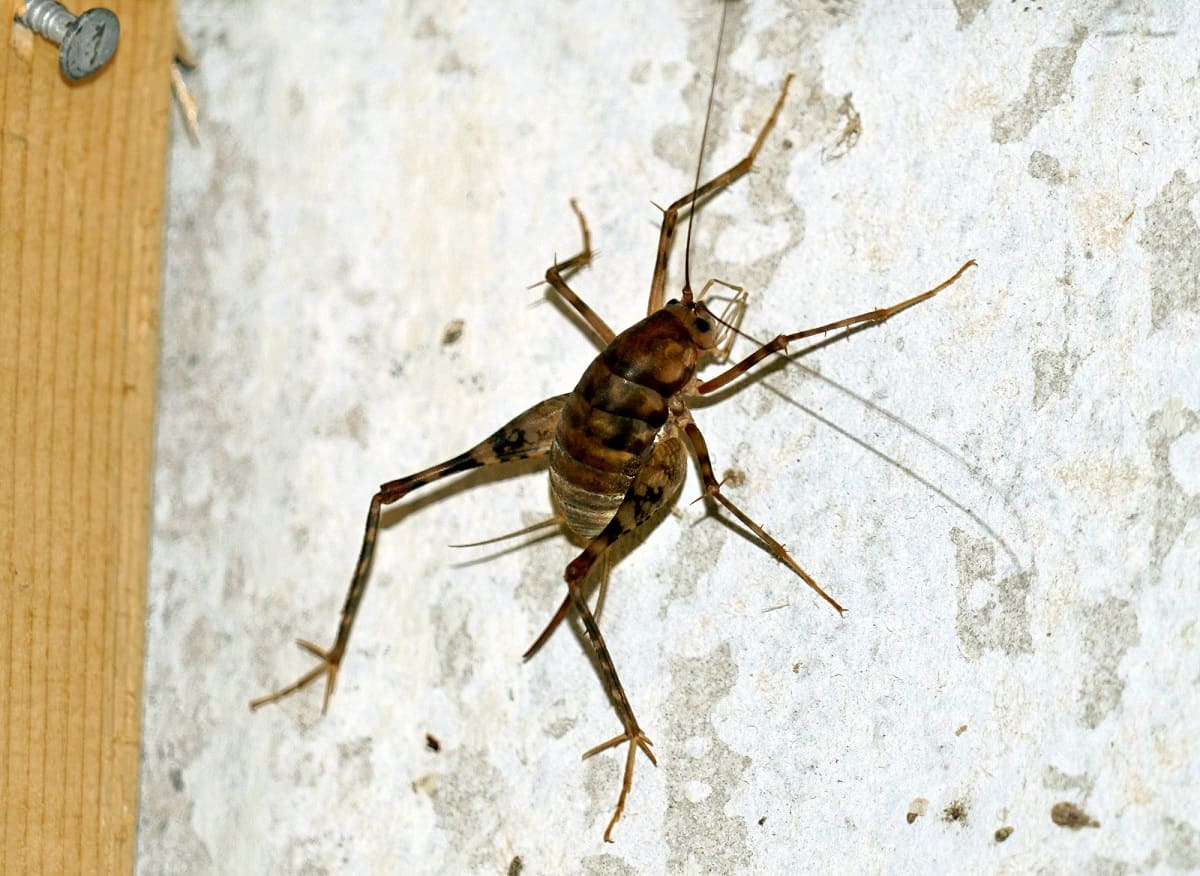
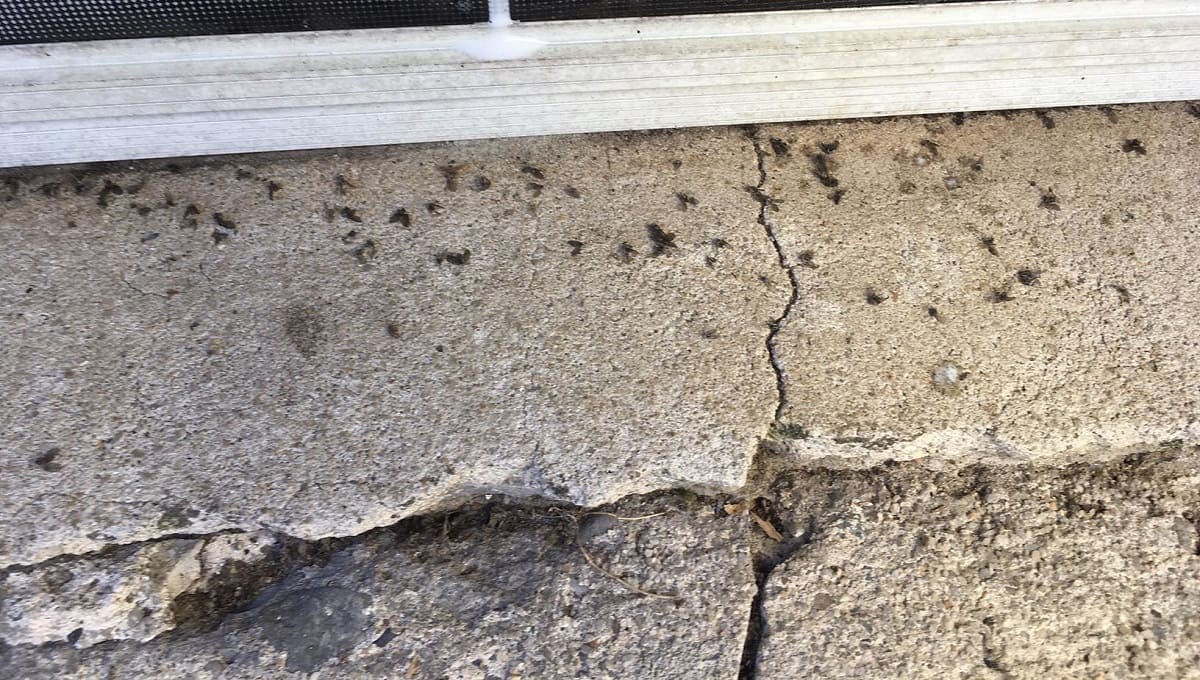
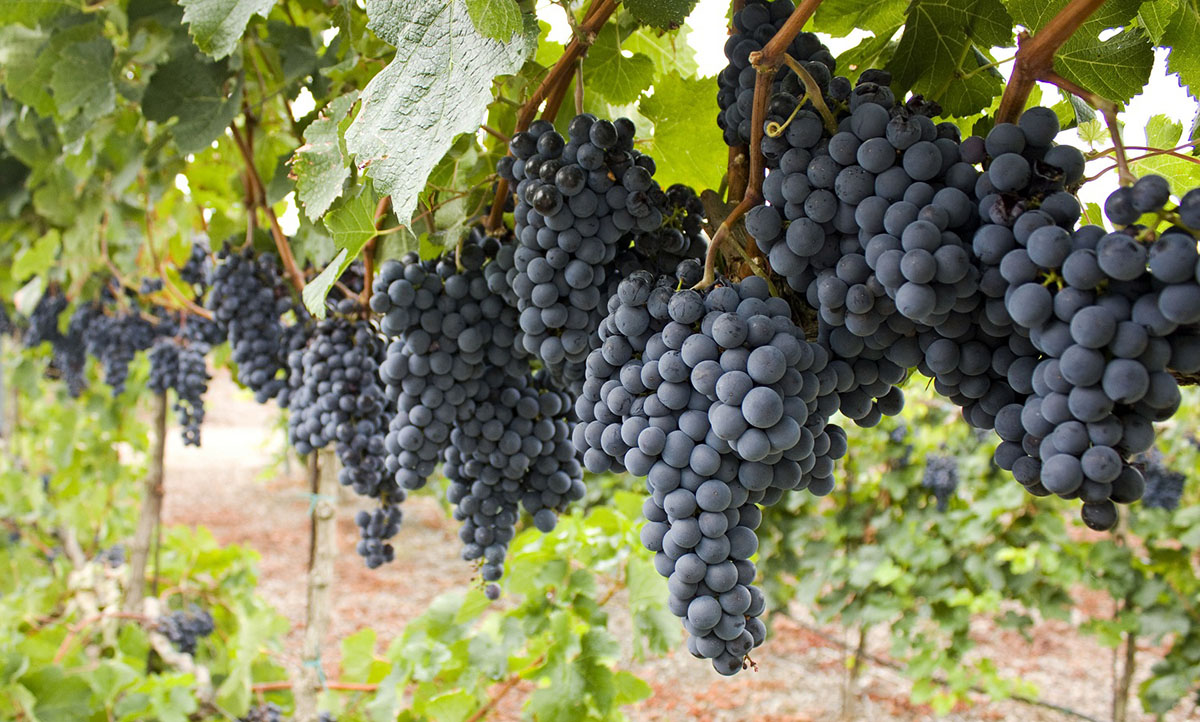
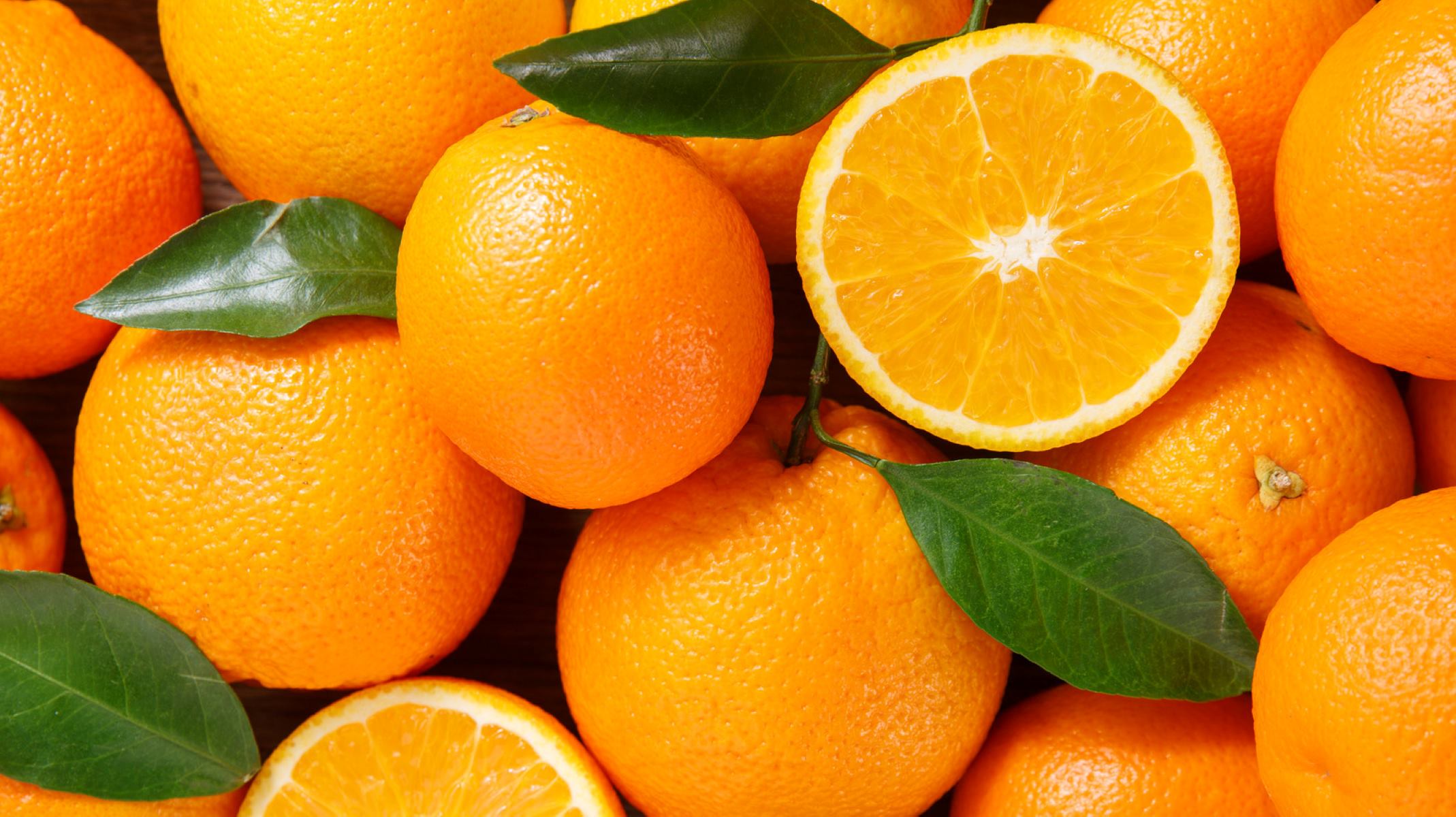
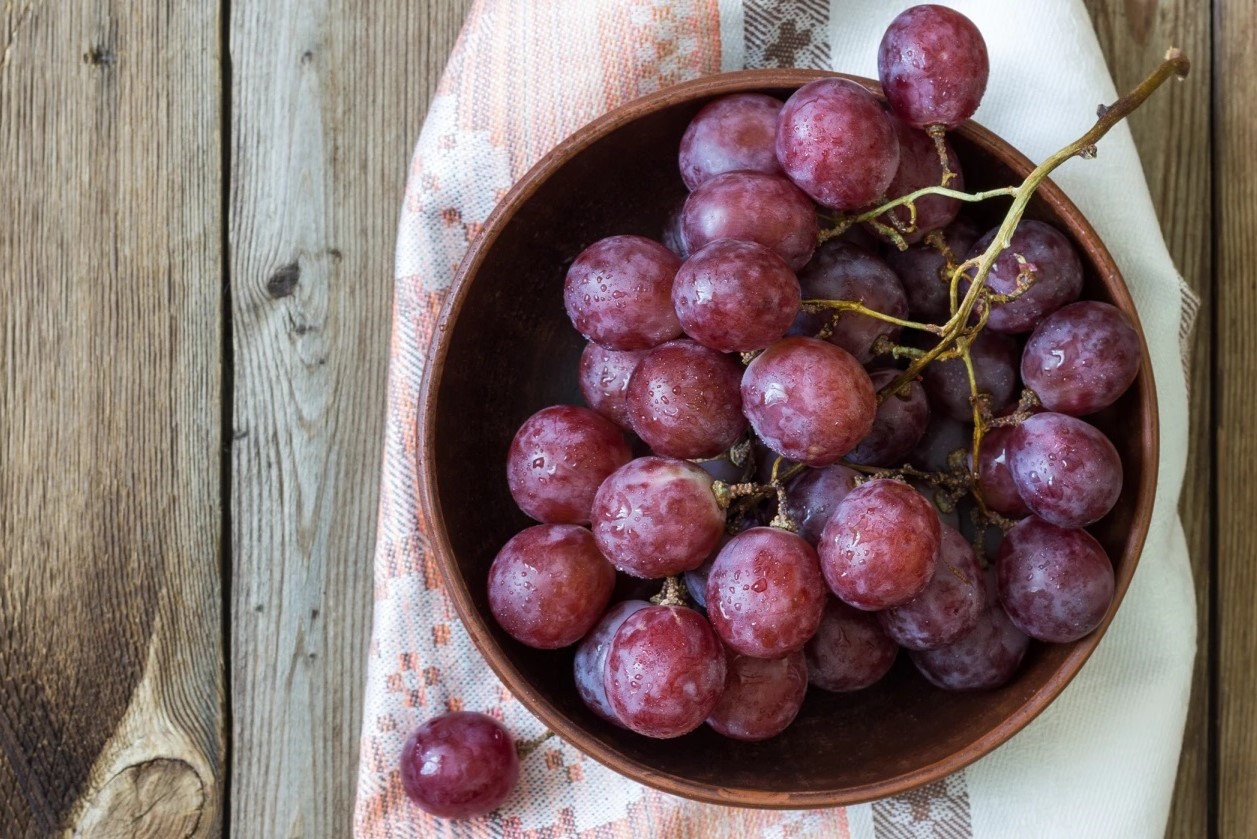

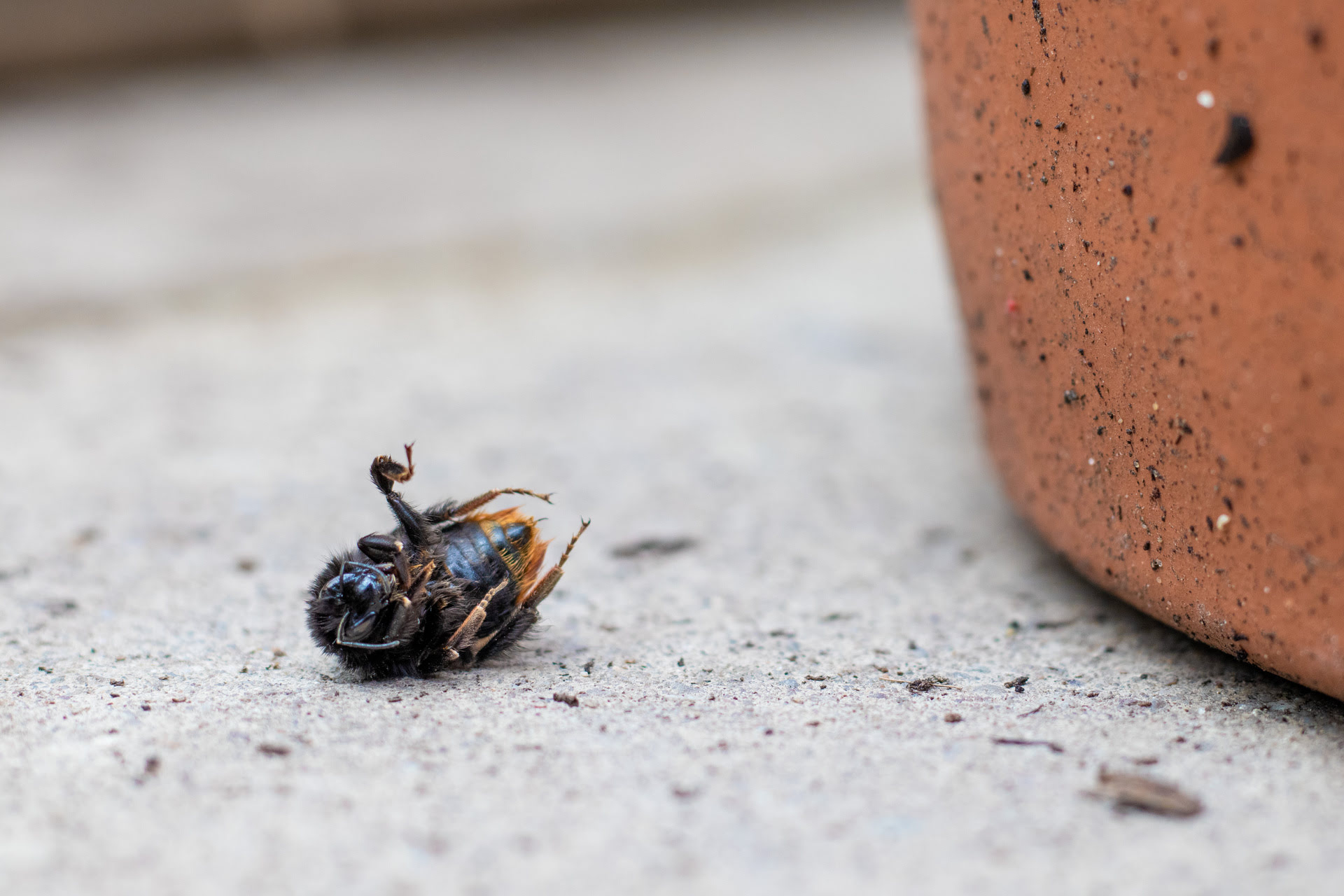
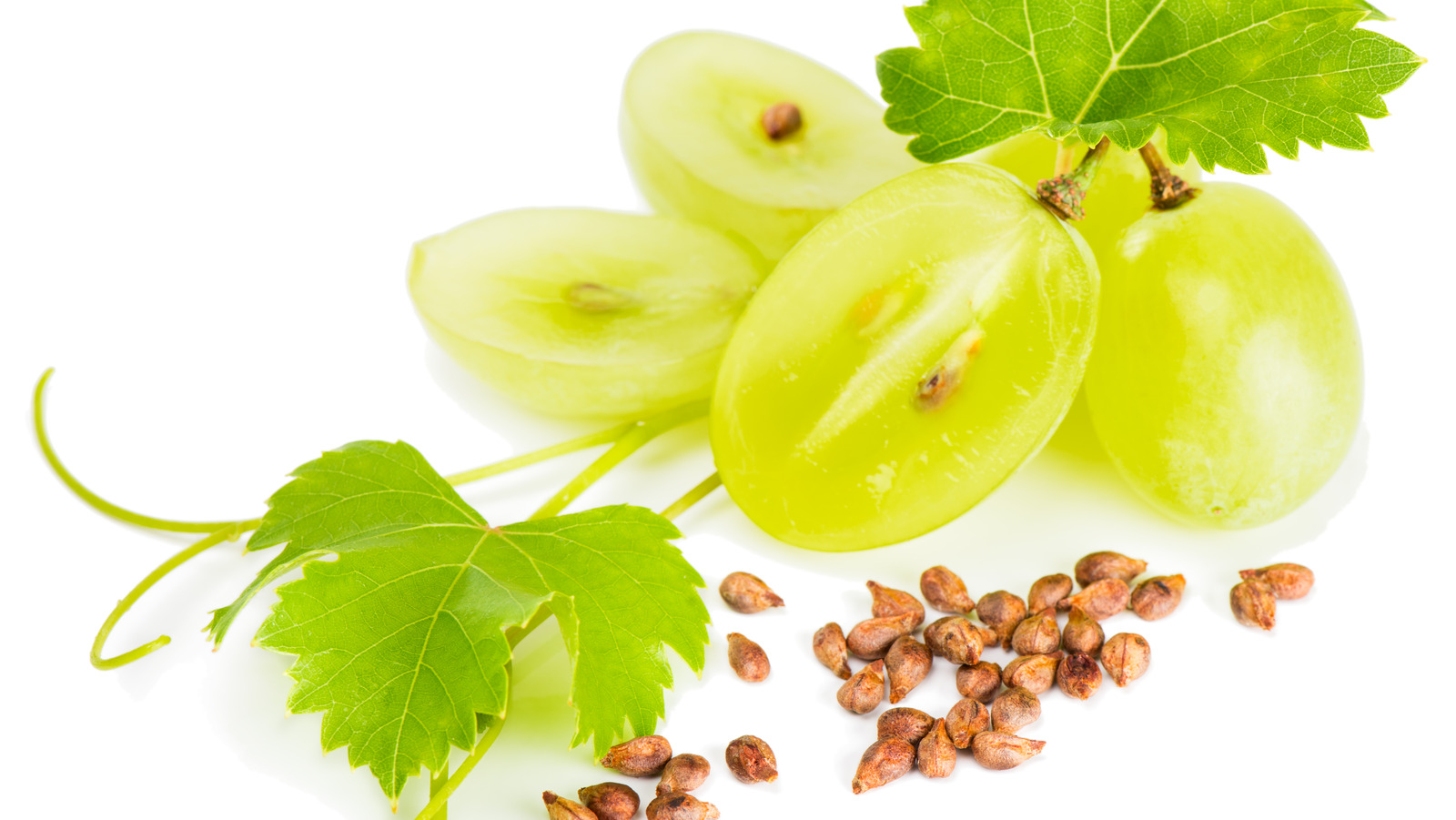
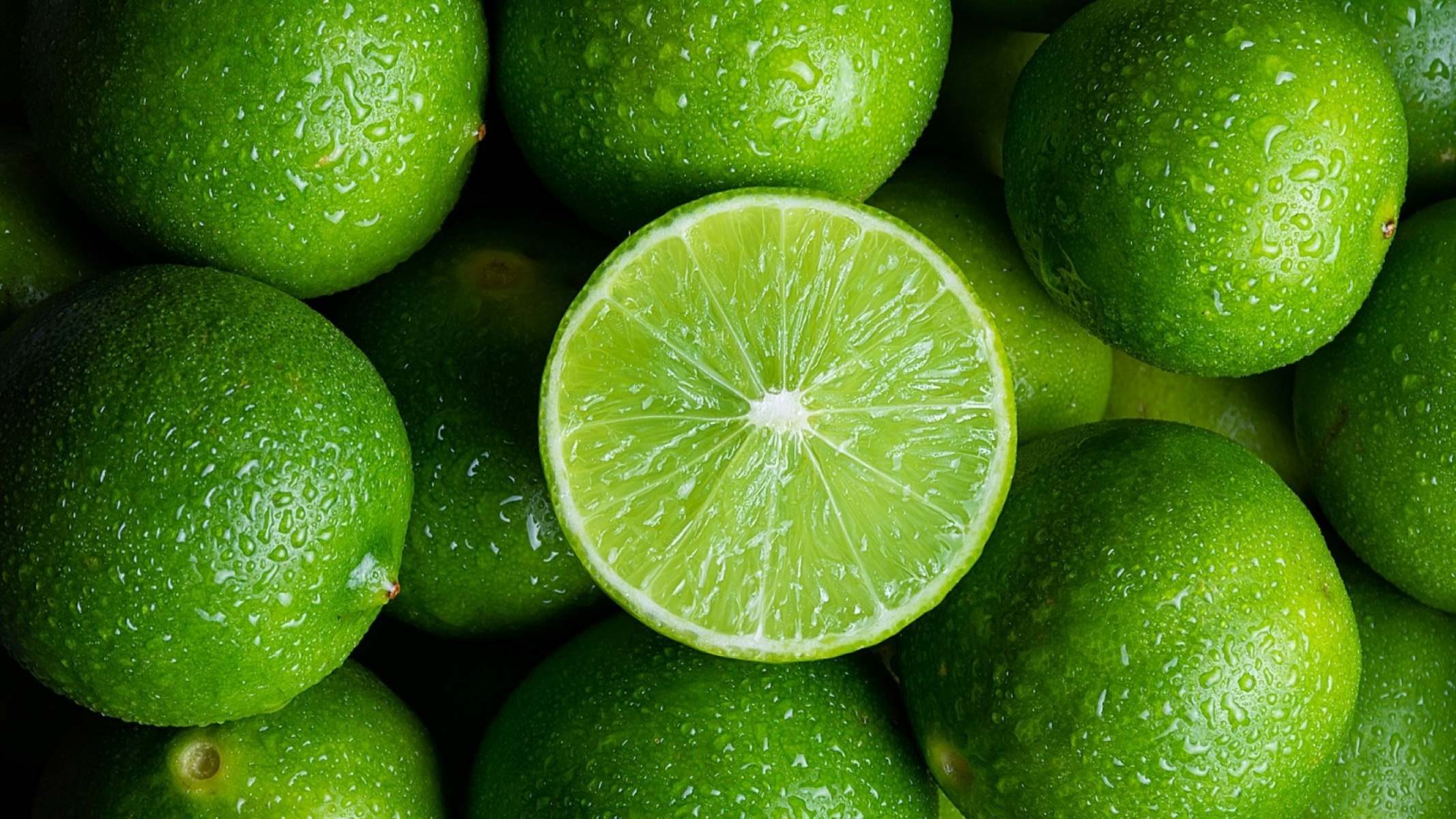
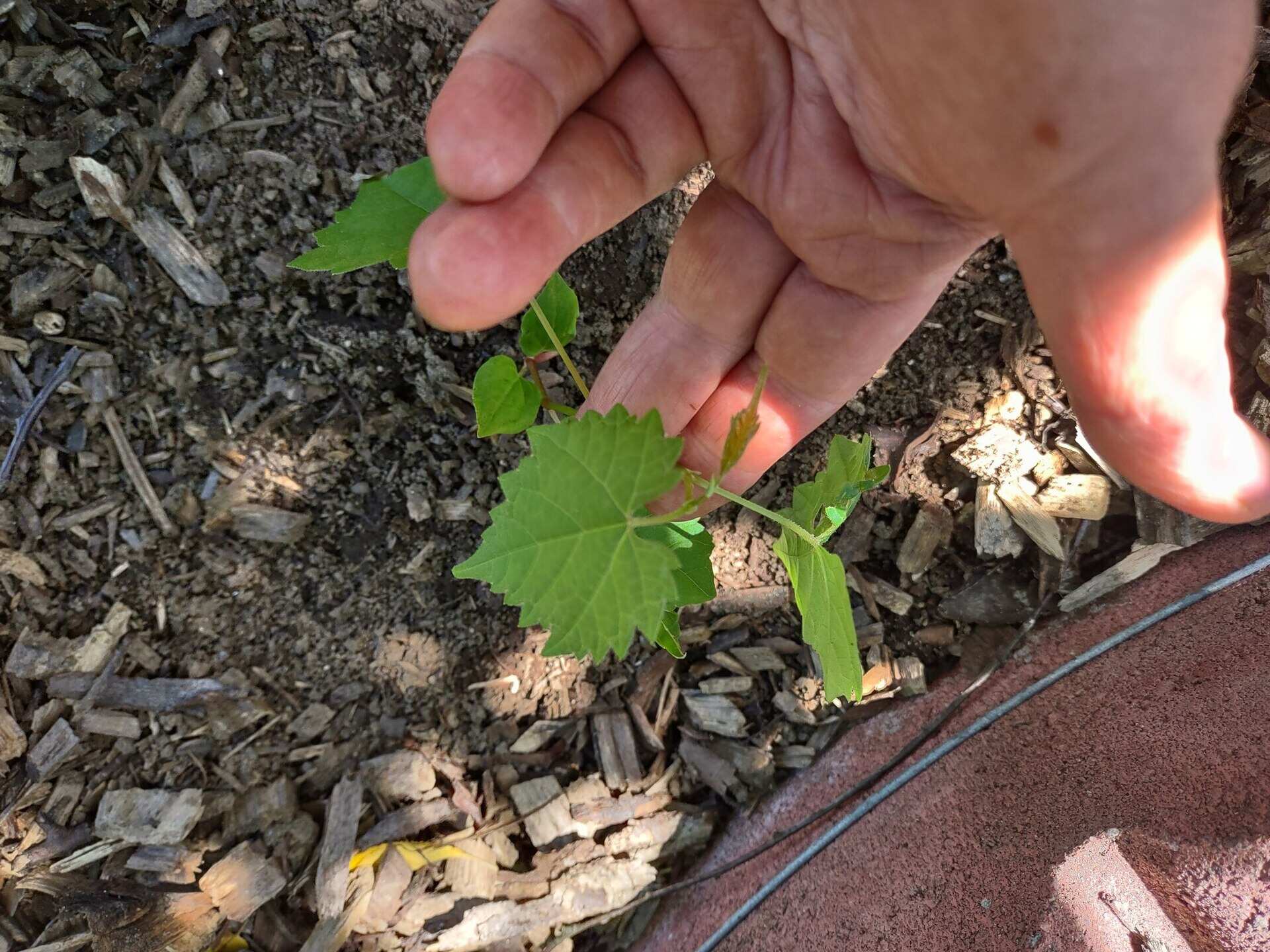

0 thoughts on “Why Do My Seedless Grapes Have Seeds”